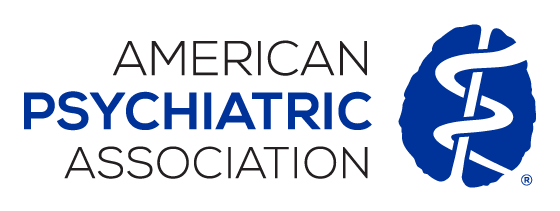Psychiatric News published more than 400 articles and 240 News Alerts in 2023. Below is a list of our 10 most popular articles of 2023:

Special Report: Bipolar Disorder II—Frequently Neglected, Misdiagnosed
Unlike its cousin, bipolar I disorder, which has been extensively studied and depicted in popular literature and on screen, bipolar II disorder is poorly understood, underdiagnosed, and insufficiently treated.
Special Report: Autism Spectrum Disorder and Inflexible Thinking—Affecting Patients Across the Lifespan
Inflexible thinking has important public health implications, as it not only affects an individual’s ability to adapt to a constantly changing world, but also contributes to workplace and relationship difficulties, increased risk for suicide, and even mass shootings.
Risk of Depression May Increase During First Two Years of Oral Contraceptive Use
Risk is greatest in women who began using oral contraceptives at or before the age of 20 years, then declines with time. How can psychiatrists help their patients weigh the risks and benefits of this effective yet easily reversed method of birth control?
Psychiatrists Win Important Gains in 2024 Fee Schedule
A decrease in overall payment for physicians will be offset for psychiatrists by an increase in reimbursement for psychiatrists providing psychotherapy as an add-on to E/M services.
FDA Clears Neurofeedback Intervention for PTSD
The device trains users to control key neural connections between the amygdala and frontal cortex to boost their emotional regulation and stress resilience.
Brain Scans May Offer Clues About Depression Remission
Many brain imaging studies have looked at key differences between the brains of people with or without depression. A study in the American Journal of Psychiatry examined how the brain changes when patients with depression get better.
Special Report: Evolving Controversies in the Treatment of Gender Dysphoric/Incongruent Minors
As gender-affirming treatment has become more common in this country, it is not surprising that controversies have arisen around providing such care to youth. This article examines the evolution of these controversies in the treatment of children and adolescents.
Memantine May Reduce Hair-Pulling, Skin Picking
Memantine targets glutamate receptors much like the antioxidant N-acetylcysteine, which has also shown some effectiveness in reducing these obsessive-compulsive behaviors.
FDA Approves Rexulti for Agitation Associated With Dementia Due to Alzheimer’s Disease
One expert called the approval a “positive step” for the treatment of agitation associated with dementia in Alzheimer’s but cautioned against using the drug as a panacea for all behavioral symptoms of dementia.
Telehealth Providers: Begin Planning Now for End of COVID-19 PHE
The DEA proposed two rules to allow limited flexibility around the prescribing of controlled substances, including buprenorphine, without an in-person visit after the public health emergency (PHE) ends.
(Image: Getty Images/iStock/Benjavisa)
Don't miss out! To learn about newly posted articles in Psychiatric News, please sign up here.




















